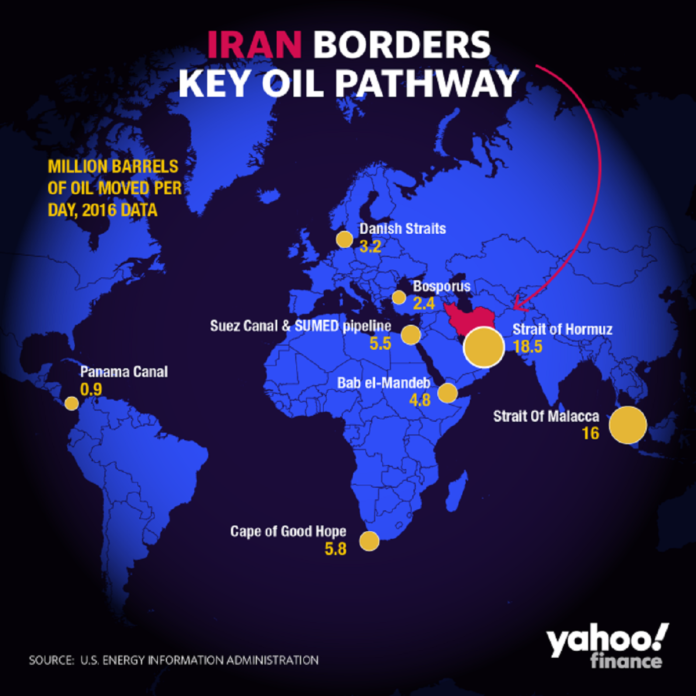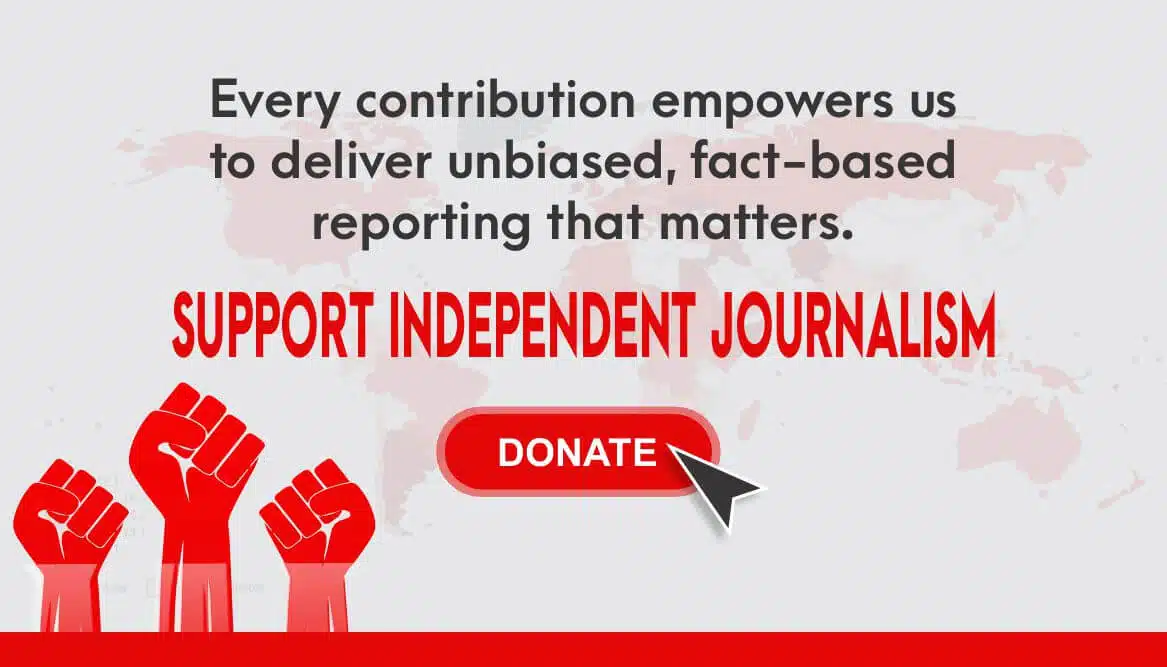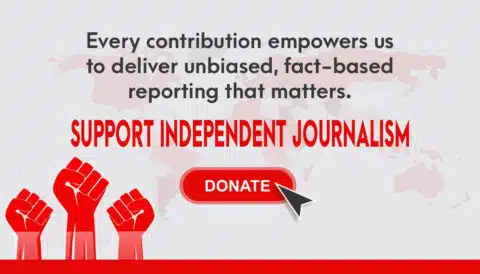Oil prices spiked in the immediate aftermath of the Department of Defense’s confirmation of an airstrike that killed a top Iranian military commander.
Brent crude oil futures surged more than 4% and contracts for West Texas Intermediate crude oil jumped more than 3% just after the late Thursday announcement, as traders considered the attack’s potential for inflaming geopolitical tensions between the U.S. and Iran. Airline stocks also slumped on concerns of rising fuel costs.
But while the initial market reaction to news of the attack was swift, the longer-term effects on oil prices will ultimately depend on the response from Iran, an energy-production leader and a gatekeeper for one of the world’s most important energy transportation passageways.
At least one analyst sees a scenario that could send Brent crude as high as $150 per barrel
Retaliation
Qassem Soleimani, head of Iran’s Islamic Revolution Guard Corps’ Quds Force, was killed by an airstrike in Baghdad ordered by President Donald Trump, the Department of Defense said in a statement Thursday, noting that Soleimani was “actively developing plans” to attack American personnel in the region.
Iran’s Supreme Leader Ayatollah Ali Khamenei vowed to inflict “severe retaliation” on those involved in Soleimani’s death, according to a statement cited by media.
That retaliation could take a number of forms, said Warren Patterson, head of commodities strategy for ING. First, Iran could initiate attacks on oil tankers in the Persian Gulf, as it had last year with a seizure of a British tanker and a number of drone confrontations. Such a response could “provide some brief upside to oil prices” but would be “unlikely to boost prices for a sustainable period of time, which proved to be the case last year,” Patterson said.
Iran may also retaliate via attacks on oil infrastructure of U.S. allies in the Persian Gulf region, Patterson said. This could echo the September strikes on Saudi oil infrastructure, which decimated 5.7 million barrels per day of oil production capacity in their wake. Iranian-backed Houthi rebels took responsibility for these attacks.
“Another such attack cannot be ruled out, and while the Saudis showed their resilience in getting production back online fairly quickly, it did show that their infrastructure was still vulnerable to such attacks,” Patterson said.

But the response – and quick reversal – in oil prices after that attack demonstrated the capriciousness of global energy markets even in the wake of whipsawing geopolitical uncertainty. Brent crude oil prices then had surged 15% the session after the attack before retreating sharply in the days thereafter, as Saudi Arabia scrambled to quickly revive production and rising U.S. shale output helped to offset energy supply fears.
And on Friday, West Texas Intermediate crude oil prices sold off some 2.5% from its session highs after the Energy Information Administration announced a large build in gasoline and distillates.
Strait of Hormuz, the world’s most important oil chokepoint
Arguably the most dire reaction for global energy markets would occur if Tehran were to try and close off the Strait of Hormuz, analysts said.
“Given the scope for tension to persist in the Strait of Hormuz, a protracted period of higher oil prices has to be a risk,” Kit Juckes, macroeconomic strategist for Societe Generale, said in a note.
The Strait of Hormuz – a waterway 96 miles long and 21 miles wide at its narrowest point — serves as a connector between the Persian Gulf and Indian Ocean and is flanked by Iran, the United Arab Emirates and Oman.
The U.S. Energy Information Administration has called it “the world’s most important oil chokepoint,” and it serves as a passageway for a major portion of the global energy supply. Its oil flow averaged 21 million barrels per day in 2018, or more than one-fifth of global petroleum liquids consumption, according to the EIA. That year, 76% of the crude oil and condensates headed through the strait went to Asian markets, with China, India, Japan and South Korea some of the largest destinations.
Iran and its Islamic Revolutionary Guard Corps Navy, which guards the Persian Gulf for the country, have previously threatened to curb access to the Strait of Hormuz in response to U.S. attempts to choke the economy of Iran, a country the U.S. has listed as a state sponsor of terrorism since 1984.
“If Iran tried to close off the Strait of Hormuz, we’ve previously estimated that Brent crude would jump to $150 [per barrel],” Jason Tuvey, senior emerging markets economist for Capital Economics, wrote in a note Friday. “This would push up inflation across the world – by as much as 3.5-4.0%-pts in the OECD countries.”
Other economists, however, were more skeptical of a lasting rise in oil prices given the U.S. and other countries’ abilities to intervene in the event of a drastic energy market disruption.
“Geopolitical events by their nature are unpredictable, but previous periods of increased tensions suggest that the impact on wider markets tends to be short-lived, with more lasting effects confined to local markets and assets that are directly impacted by the tensions,” said Mark Haefele, UBS global chief investment officer. His base case scenario is for Brent crude to trend bank toward $60 per barrel during this quarter.
“Don’t expect a sustained oil price rally. If the situation worsened, and oil supplies were disrupted, this could have broader economic and financial market impacts through a sharp rise in crude oil prices,” he added. “However, spare capacity in oil remains adequate (OPEC’s and Russia’s spare capacity is around 3.3mbpd). And, we still expect an oversupplied oil market in 2020 (0.3mbpd), particularly in 1H20, due to non-OPEC supply growth (by the US and Norway) outpacing modest oil demand growth.”

The latest escalation of U.S.-Iran tensions comes a month after OPEC and its allies – an association to which Iran belongs – decided to cut oil production by 1.7 million barrels per day to help mitigate supply glut concerns. OPEC members could opt for a reversal of this decision in the event that Iranian retaliation weighed on global supplies, Haefele said.
“There is also the potential for emergency releases from government stocks. President Trump would want to avoid higher oil prices, particularly in an election year, and so we could see releases from the US Strategic Petroleum Reserves,” Haefele said, which has a current authorized storage capacity of 713.5 million barrels.
“The oil market over the last year has been fairly good at shrugging off large oil disruptions, and growing tensions in the Middle East,” he said. “This attitude does appear to be partly a result of the comfortable supply and demand balance for the global oil market, and this is a trend that is unlikely to change at least over the first half of 2020, due to the surplus environment.”







